The Future of Chef Training: Integrating Culinary Technology into Modern Education
“Will tomorrow’s Michelin-star chefs code recipes with AI and master 3D printers alongside knife skills?”
As technology redefines the kitchen, chef education must evolve—or risk becoming obsolete. The juxtaposition of classical culinary education with cutting-edge innovations in kitchen technology raises a pivotal question: Should emerging technologies become an integral part of a chef’s formal training, akin to how schoolchildren now learn about AI and coding? From sous-vide technology with IoT advancements to AI in cooking and 3D food printing, the culinary world is embracing a digital transformation that holds the potential to revolutionise fine dining. This discussion delves into how these innovations in gastronomy are redefining educational practices for chefs. Join us as we unravel the future of chef training and assess which technological advancements hold the greatest promise for the next decade of fine dining.
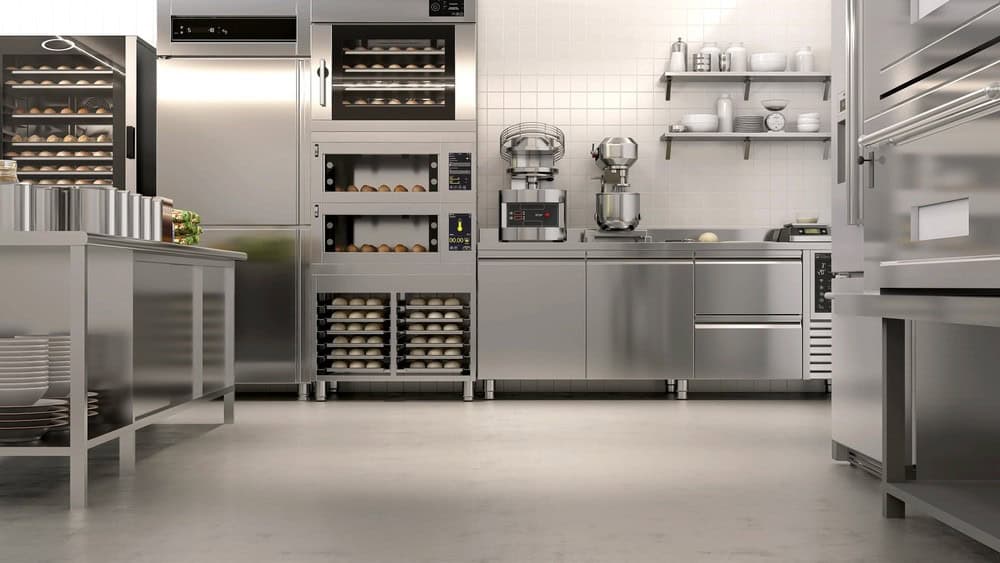
Evolving Educational Practices for Chefs
The landscape of culinary education is undergoing a significant transformation. As technology reshapes the kitchen, chef training programs must adapt to prepare students for the modern culinary world.
Classical Training vs. Modern Needs
Traditional culinary education has long focused on mastering fundamental techniques and classic recipes. However, the rapidly evolving food industry demands a broader skill set.
Today’s chefs need to balance time-honoured methods with innovative approaches. This shift requires reevaluating culinary curricula to include technology-driven skills.
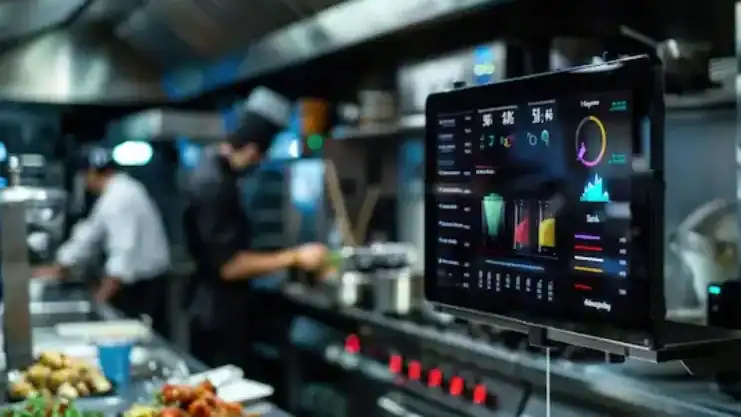
Loman AI notes that while knife skills remain crucial, proficiency in digital tools is becoming equally important. Chefs must now navigate software for inventory management, menu planning, and even social media marketing.
The challenge lies in finding the right balance between preserving culinary traditions and embracing technological advancements. This equilibrium is key to producing well-rounded chefs capable of thriving in modern kitchens.
Integrating Technology in Culinary Schools
Culinary institutions are increasingly incorporating technology into their curricula to meet industry demands. This integration is reshaping how future chefs learn and practice their craft.
EdTech Review highlights virtual reality (VR) use in culinary education. VR allows students to practice complex techniques in a safe environment before applying them in real kitchens.
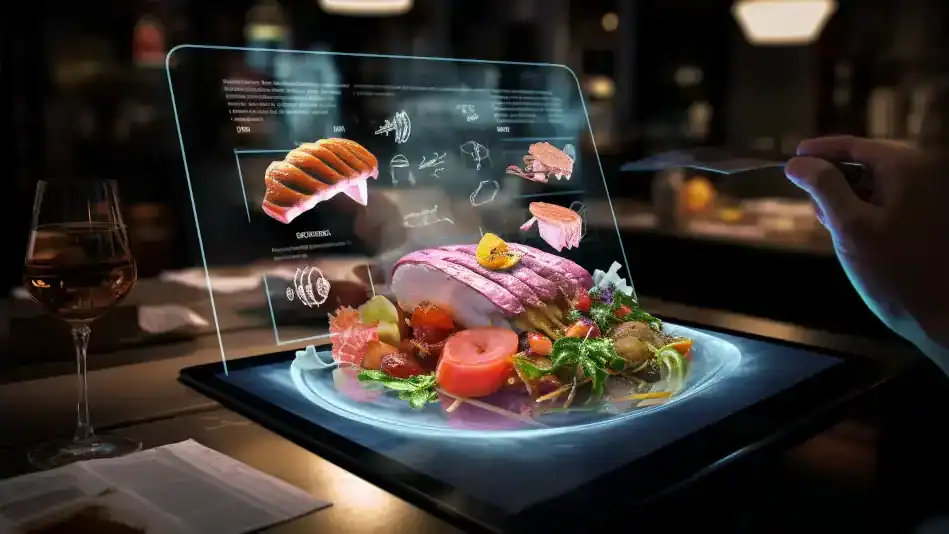
Digital textbooks and online learning platforms are becoming standard, offering students access to a wealth of culinary knowledge beyond traditional classroom settings. These resources enable self-paced learning and provide up-to-date information on emerging trends.
Culinary schools also introduce innovative kitchen equipment, preparing students for the high-tech environments they’ll encounter in modern restaurants. This hands-on experience with advanced tools is crucial for their future success.
The Role of AI in Cooking Education
Artificial Intelligence is making significant inroads in culinary education, offering new ways to enhance learning and creativity in the kitchen.
Chefiica explores how AI-powered bright kitchens are revolutionising culinary training. These systems can provide real-time feedback on cooking techniques, helping students refine their skills more efficiently.
AI algorithms can analyse flavour combinations and suggest innovative pairings, encouraging students to think beyond traditional recipes. This fosters creativity and helps develop a unique culinary voice.
Predictive AI tools also teach inventory management and cost control, essential skills for running a successful kitchen. By simulating various scenarios, students learn to make data-driven decisions in a low-risk environment.
Innovations in Gastronomy: The Impact of Technology
The culinary world is experiencing a technological revolution. Technology is reshaping how chefs create and present their dishes, from precise cooking methods to futuristic food preparation techniques.
Sous-Vide Technology and IoT
Sous-vide cooking has revolutionised temperature control in professional kitchens, allowing for precise and consistent results. Integrating Internet of Things (IoT) technology has further enhanced this method.
IoT-enabled sous-vide devices can be monitored and controlled remotely, ensuring perfect cooking even when chefs are not physically present in the kitchen. This technology allows for better time management and multitasking.
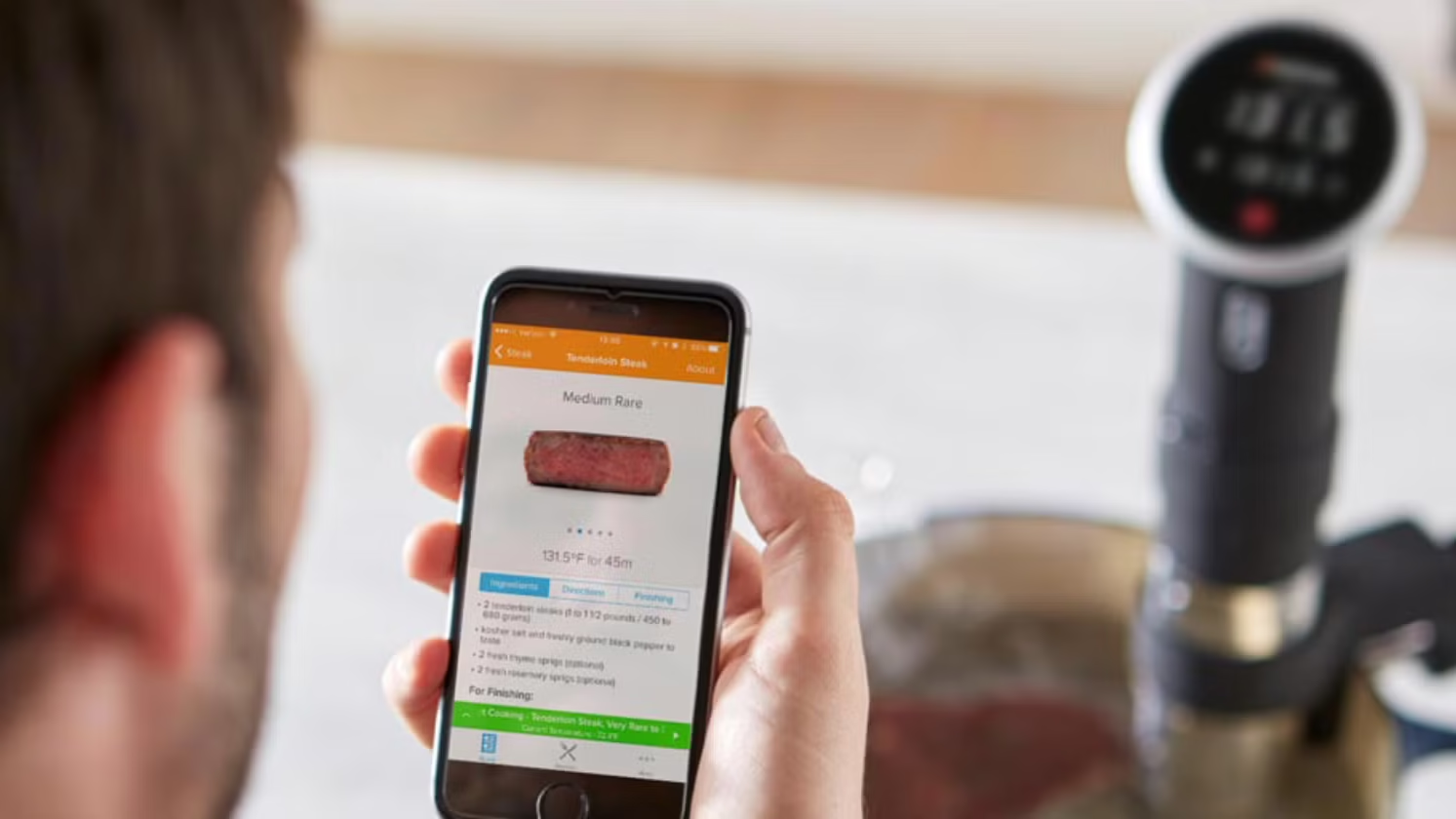
Dax Cooke notes that IoT integration also enables data collection on cooking processes. Chefs can analyse this data to refine their techniques and achieve even more consistent results.
The combination of sous-vide and IoT also contributes to food safety. Automated temperature logging helps maintain HACCP compliance, a crucial aspect of modern food service operations.
Smart Combi Ovens and Cook Systems
Smart combi ovens and cook systems are transforming kitchen efficiency and food quality. These advanced appliances combine multiple cooking methods in one unit, offering versatility and precision.
These systems often feature touchscreen interfaces and programmable recipes, allowing chefs to replicate complex dishes consistently. This technology is particularly valuable in high-volume operations where consistency is key.
Supply Chain Game Changer highlights how smart cook systems can learn from past cooking cycles to optimise future performance. This machine learning capability continually improves cooking results over time.
Energy efficiency is another benefit of these smart systems. They can adjust power usage based on load, contributing to more sustainable kitchen operations and reduced utility costs.
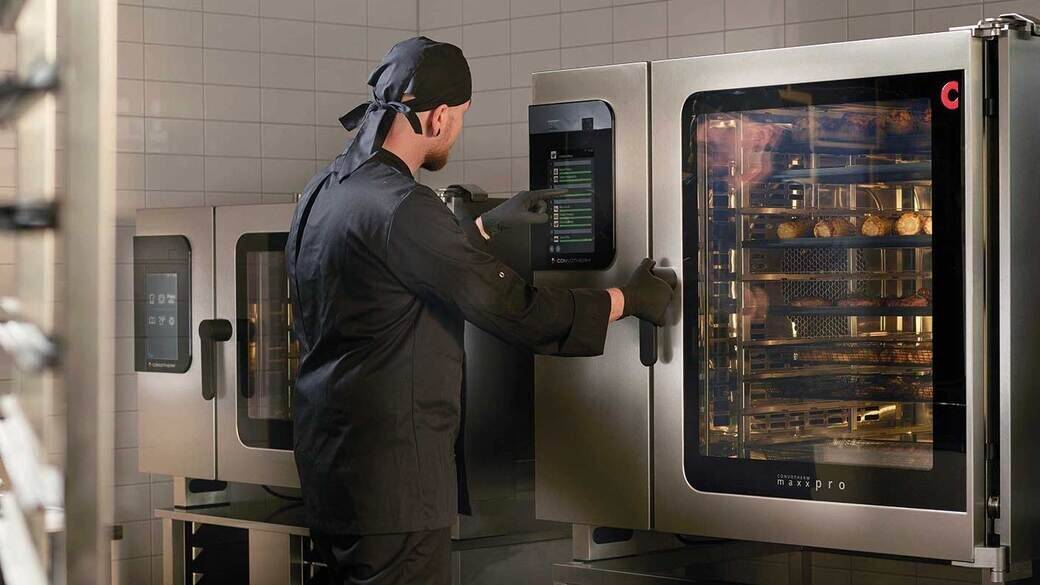
3D Food Printing in Fine Dining
3D food printing is pushing the boundaries of culinary creativity, especially in fine dining establishments. This technology allows chefs to create intricate food designs that would be difficult or impossible to achieve by hand.
Technology.org reports on how 3D food printing is used to create custom-designed chocolates and sugar sculptures, as well as savoury dishes with unique textures.
The technology also opens up new possibilities for personalised nutrition. Chefs can tailor dishes to individual dietary needs or preferences with precise control over ingredients and portion sizes.
While still in its early stages, 3D food printing has the potential to revolutionise food presentation and expand the limits of culinary artistry. As the technology evolves, it may become a standard tool in high-end kitchens.
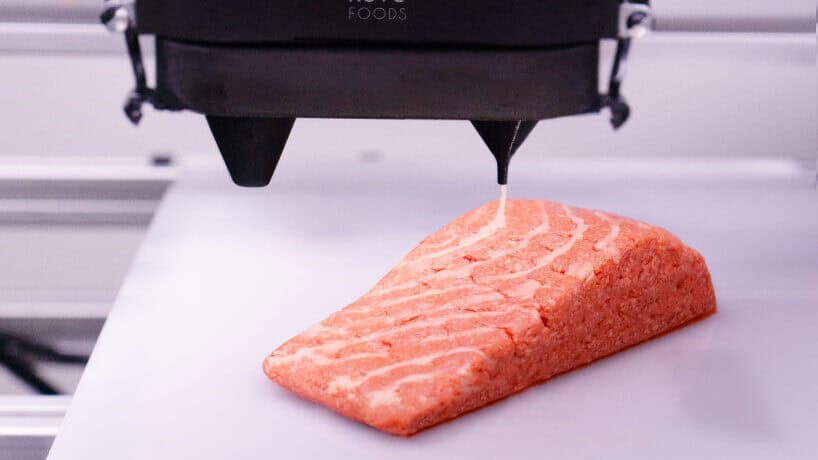
The Future of Kitchen Technology
As we look ahead, the integration of advanced technologies in professional kitchens is set to accelerate. These innovations promise to enhance efficiency, creativity, and overall dining experiences.
Exploring Annoncer and KDS
Kitchen Display Systems (KDS) like Annoncer are revolutionising kitchen operations in fine dining establishments. These digital systems replace traditional paper tickets, streamlining communication between front and back of house.
One of the world’s most acclaimed chefs, Yannick Alléno—renowned for earning 16 Michelin stars across 17 restaurants—has fully embraced this evolution in his kitchens.
Alléno puts it simply:
“Annoncer is the right solution for perfect communication between our kitchen and service team. In addition, we save a lot of time. A nice part is that we have all the table details on our screen and can easily share the guests’ wishes with the cooks. We avoid mistakes by providing clear information to our kitchen team. In any case, we won’t open a restaurant without Annoncer…”
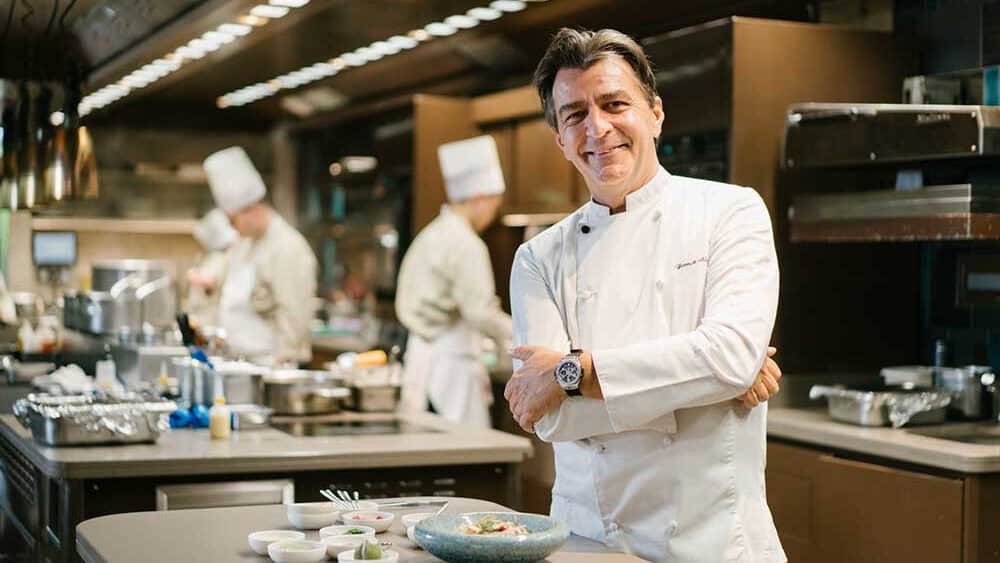
Hospitality Career emphasises how KDS can reduce errors and improve kitchen efficiency. Providing clear, digital instructions for each dish, these systems help maintain consistency even during busy service periods.
Advanced KDS also offer analytics capabilities, allowing restaurant managers to identify bottlenecks in the kitchen workflow and make data-driven improvements to their operations.
AI Menu Engineering and Inventory Management
Artificial Intelligence is making significant inroads in menu engineering and inventory management, offering powerful tools for optimising restaurant operations.
AI-driven menu engineering analyses sales data, ingredient costs, and customer preferences to suggest menu items that maximise profitability and customer satisfaction. This technology can also predict seasonal trends, helping chefs plan menus in advance.
Auguste Escoffier School of Culinary Arts notes that AI-powered inventory management systems can predict ingredient usage, automate ordering, and reduce food waste. These systems learn from historical data to make increasingly accurate predictions over time.
By integrating with POS systems, AI inventory management can provide real-time updates on stock levels, ensuring that chefs always have the ingredients they need without overstocking.

The Greatest Technological Advancement Debate
The debate over which technological advancement has had the greatest impact on fine dining is ongoing, and there are compelling arguments for various innovations. Which technology would you bet on?
World Chefs discusses how different technologies are shaping the future of culinary arts. While sous-vide and IoT integration have revolutionised temperature control, smart combi ovens have transformed kitchen versatility.
3D food printing offers unparalleled creativity in food presentation, while KDS systems like Annoncer have dramatically improved kitchen efficiency. AI menu engineering and inventory management are reshaping how restaurants operate behind the scenes.
Ultimately, the “greatest” advancement may depend on individual kitchen needs and culinary philosophies. What’s clear is that embracing these technologies is becoming increasingly crucial for staying competitive in the evolving world of fine dining.
Ready to Rethink Culinary Education?
What will define the next great chef: flawless knife skills or fluency in AI? Precision plating or predictive inventory?
If you’re reimagining how chefs should be trained in a tech-driven world—we want to hear from you.
Don’t just follow the recipe—help write the next one.